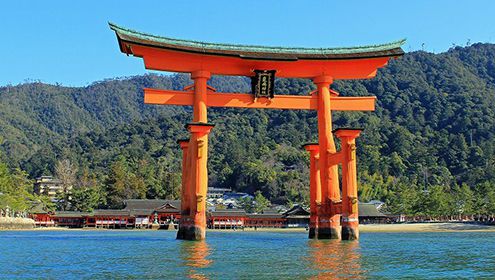
JPY15,000~
Hiroshima and get the chance to visit The Peace Memorial Park, The Atomic Bomb Dorm, Daishoin temple, and Miyajima Itsukushima Shrine.
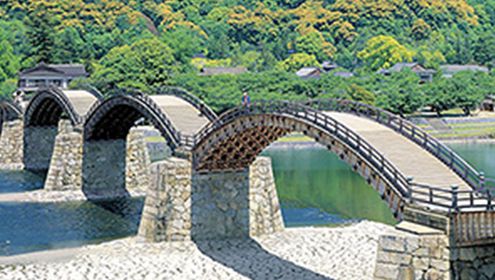
JPY5,000~
'Kintaikyo Bridge' with its five beautiful arches, the surrounding castle town, and the 'Murashige Brewery', a sake brewery that has inherited its tradition since the early Meiji period. You can enjoy Iwakuni's famous 'Iwakuni sushi' for lunch.
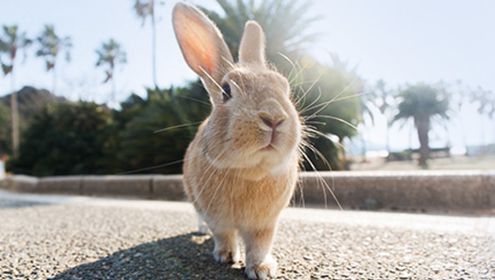
JPY5,000~
One-day Tour to Takehara and Okunoshima
Two special locations, Takehara known as little Kyoto and Okunoshima popularly known as Usagi-jima (rabbit island).
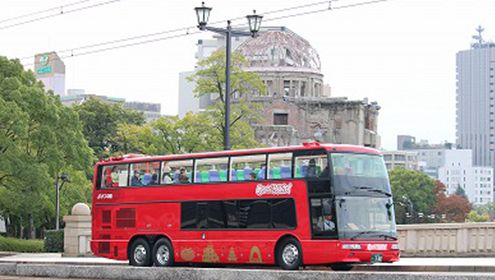
JPY2,000~
Hiroshima from a double-decker, open-air bus, this course also includes a one hour on-site tour of Peace Memorial Park.
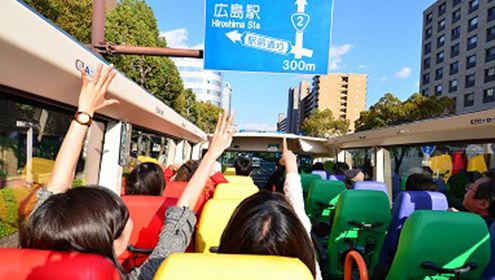
JPY2,000~
The primary sightseeing spots visited on this course are Hiroshima Castle, the Atomic Bomb Dome, Peace Memorial Park, and Mazda Stadium. The bus also drives along the seaside Hiroshima Expressway, providing excellent views of the beauty of the Inland Sea.
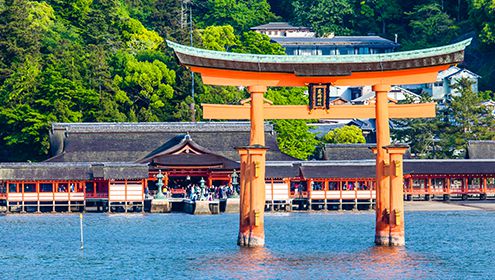
JPY5,000~
On the Two World Cultural Heritages Sightseeing Tour that travels to the A-bomb Dome and Miyajima Island, you can also enjoy a lunch buffet or a boat trip.
Map & Spot
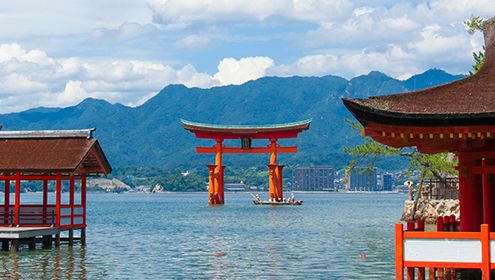
The shrine is known as true refined architectural beauty. The striking Heian period (794-1185) styled palatial design features a unique composition of layouts and the boldest choice of building location.
During high tide, the vermilion lacquered corridors of the shrine appear if they are almost floating upon the surface of the water. The concept envisioned by Taira Nokiyomori brings together the backdrop of Mount Misen and the Seto Inland Sea with their interwinding colors to present a scenery that boasts an unprecedented beauty like no other.
If you take the ferry from Miyajimaguchi port to over to Miyajima Sanbashi, Miyajima Island's famous resident deer will be there to greet you. The path leading towards Itsukushima Shrine is laden with souvenir shops for tourists enjoyment, with the famous momiji manju and rice paddles on sale.
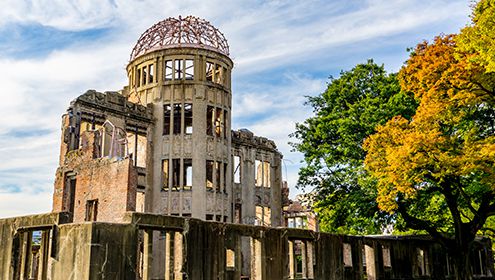
A once-famous place in Hiroshima loved by its people. However, on the morning of August 6th, 1945 Hiroshima's city was flattened in an instant as a result of an atomic bomb being dropped.
The Atomic Bomb Dome is a registered UNESCO World Cultural Heritage Site that serves as a strong reminder to not allow such a tragedy to ever be repeated, and as an expression of hope for world peace. The site's dark origins have also lead it to be called a "Legacy of Tragedy".
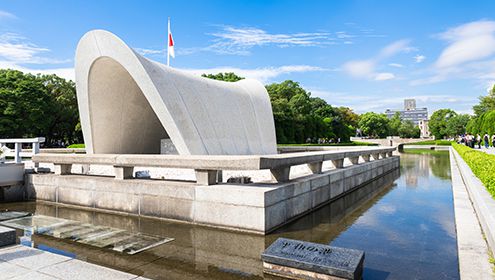
The museum features exhibits of photos, records, and mementos of victims that have been gathered to help illustrate the damage and suffering Hiroshima and its people experienced as a result of the atomic bombing during World War Two. The museum promotes the movement towards a peaceful nuclear-weapon-free world, without forgetting the horrific atomic bomb’s past.
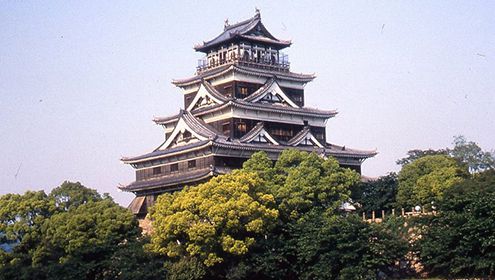
Hiroshima Castle was originally built in 1589 by Mori Terumoto. After the castle tower suffered severe damage in the atomic bombing, the exterior underwent restoration in 1958. 400 years following its fortification, in 1989 the castle was remodeled and currently operates as a historical archive for Buke culture records. Situated close to the city center, the local people often visit the area to relax and refresh.
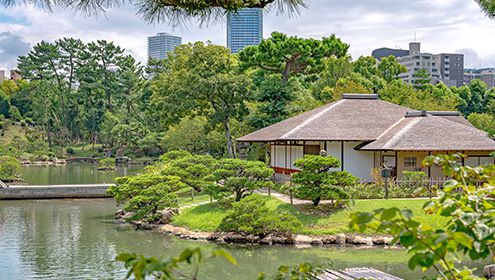
Nestled in the heart of the city enclosed by contrasting greenery, hides away the tranquil Shukkeien Garden. The Daimyo of Hiroshima, Asano created the garden in 1620 as an addition to his villa.
The garden is only a short walk from Hiroshima Station, so if you have the time it’s worth stopping by for a visit.
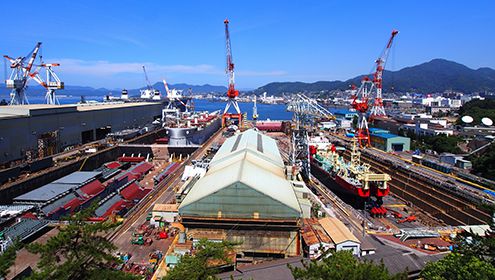
The 3rd biggest city in Hiroshima. Plenty of attractions like the Yamato Museum, JMSDF Kure Museum and more! Recommended for family vacations as the sightseeing locations are enjoyable for children and adults alike.
About Hiroshima bus tours
The Hiroshima area refers to the central region of Hiroshima Prefecture; it includes Hiroshima City, Kure City, Higashihiroshima City, and Miyoshi City among others.
The must-have food items in Hiroshima City are okonomiyaki, oyster cuisine, and sake.
The airport nearest Hiroshima City is Hiroshima Airport; it has flights connecting to Tokyo, Sapporo, Sendai, and Okinawa. From the airport you can take a limousine bus to get to JR Hiroshima Station, so even if you lack a car you can move about the Hiroshima area. The Shinkansen also runs to Hiroshima Station; it’s about a 4-hour ride from Tokyo Station.
FAQ